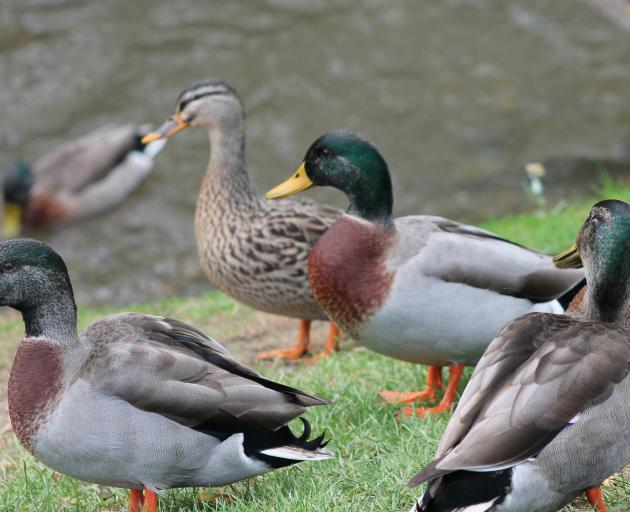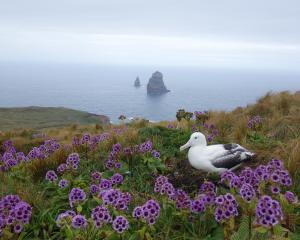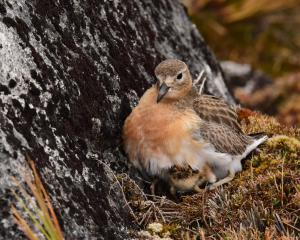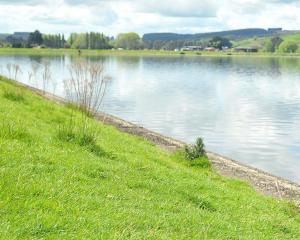
Otago Fish & Game conducts an aerial survey of mallards each year before the opening of the game-bird hunting season in the first weekend of May.
Fish & Game officer Jayde Couper said 5130 mallards were counted over a week earlier this month. This year’s figure was surprisingly close to last year’s count of 5100.
Mallards are counted by helicopter at ponds, rivers and overland transects, starting in the Taieri, but mostly in South Otago around the Clutha/Mata-Au and Pomahaka rivers.
"The overall mallard trend across nine years is positive, although this season’s trend count was below the average of 5700.
"However, when the 2022 year, which had an extremely high count, is removed from calculations, this year is just above average."
The positive trend count indicated that mallards in the region were being managed responsibly over the long term, he said.
"It’s important for duck hunters to realise trend counts aren’t actually a sign of how many birds they’ll harvest each season.
"We’d like more rain and then suitably windy conditions on opening weekend, which encourages the birds to move around."
Fish & Game surveys the same locations — 46 ponds, six 10km river sections, and 10 10km overland transects annually.
This year, the counts were affected by low water in many ponds as well as high and dirty water in the Clutha River because of heavy rain in the headwaters.
"Mallards which would be normally camped on the big river, were instead sheltering deeper among the willows, or out of sight, off the river," Mr Couper said.
"This is why we analyse the overall trend and not just one year’s count.
"It’s not a population count of all mallards in Otago."
Mallards appeared to be more evenly distributed this year as only 16 sites contained no ducks below the average of 19 and the highest result was 25.
Cross-country transects were similar to previous averages, pond counts were higher than normal, and river counts were low at about 800 mallards less than normal.
"While the Otago countryside is greener, April’s rainfall so far hasn’t made a huge difference to water levels in many ponds and wetlands.
"But heavy rainfall in headwaters did top up Otago’s big southern lakes."












